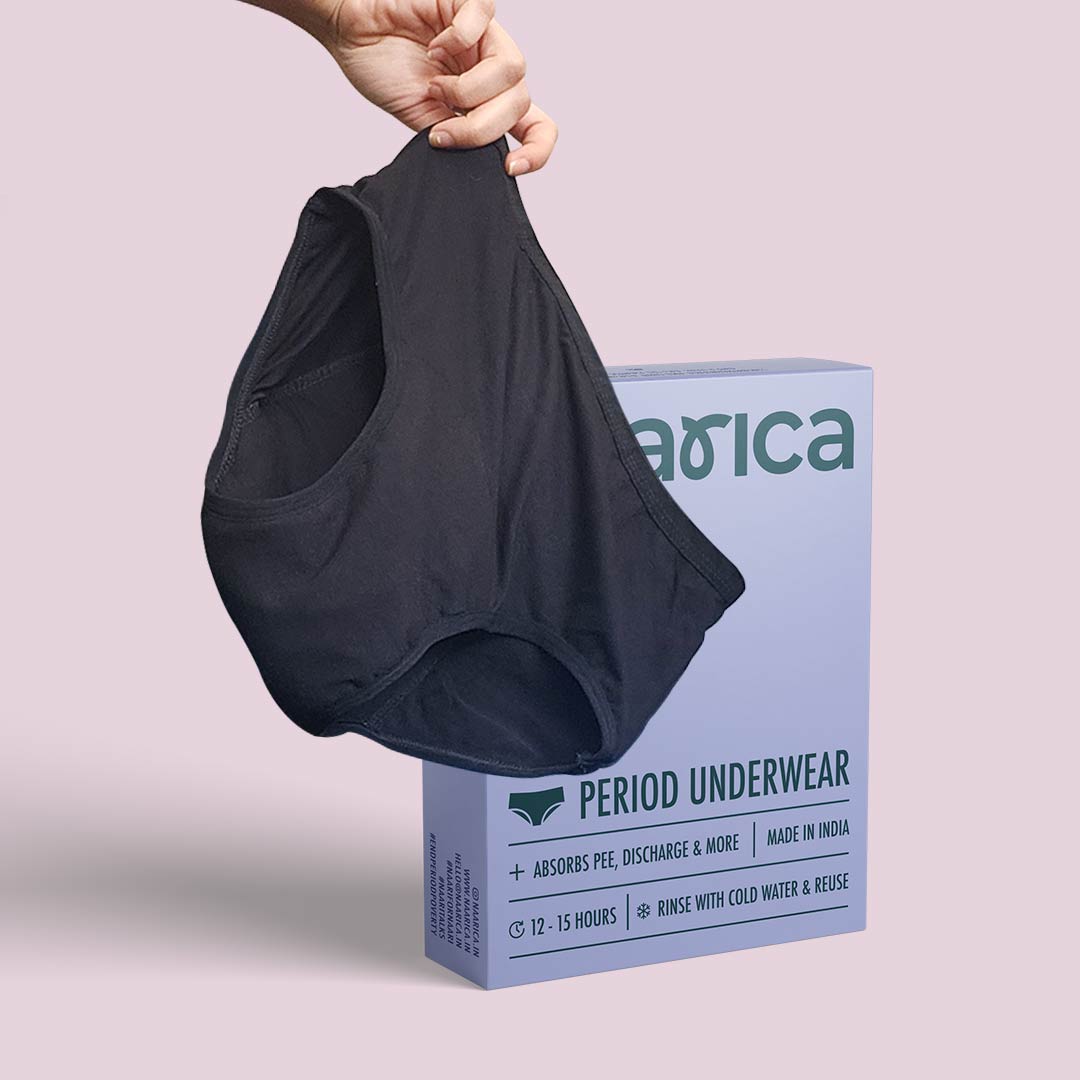How do you welcome your first period?
At puberty, when adolescence begins, a child's body changes. For both boys and girls, the evolution is marked by physical mutations and hormonal changes... There are many signs that the child is growing up to become an adolescent. In the case of girls, the first sign is the onset of menstruation and the first cramps in the lower abdomen that go with it... Puberty and the average age of first menstruation concern the female sex at an increasingly early age, with breast development beginning, according to recent studies, around the age of 7. This phase of puberty is an important time, and the young girl may express a certain discomfort during these transformations. Especially when it comes to menstruation. However, it's important to make young teenagers understand that their first period doesn't have to be a taboo!
Significance and symptoms of first periods
When a young girl grows up and reaches puberty, the first thing you notice is the development of her breasts, especially if she's an early teenager. Pubic hair also starts to grow. And as soon as white discharge starts to flow out of the vagina, it means that the first period is just around the corner, along with the first ovulation.
And yet, menstruation is a sign of femininity and that the growth hormones are working properly. Every 28 days, the length of the menstrual cycle, an egg is released by the ovaries into the uterus. This is ovulation. If intercourse and fertilization occur, the egg will attach itself to the uterine wall - implantation - and life will be created. If not, the egg will dissolve and the inner walls of the uterus - which are supposed to retain the egg and which make up the endometrium - will collapse. This creates the menstrual flow. The first menstrual period marks the girl's entry into a new chapter in her life, as she becomes a young woman! With each new cycle, they appear, but they're unlikely to change much in daily life, except perhaps some hormonal irritability. The first periods are usually painful, but don't be afraid, all normal women go through them!
Types of protection during the first period
To avoid staining your clothes, it's essential to choose the right type of protection to collect the blood that flows out. We've listed a few below. However, menstrual panties remain the best solution for accommodating the first periods.
Sanitary pads
The most widely used device, the sanitary pad is a strip the length of the bottom of a pair of panties. It's an external sanitary protection device that attaches to the undergarment by means of adhesive strips running the length of the pad, with wings on the sides. It can be very thick or very thin, and of variable length, depending on its absorbency. A sanitary pad is made up of three parts. The surface part, in contact with the vulva, absorbs bleeding. Then there's the intermediate, thicker layer, where the collected menstrual flow is absorbed. Finally, the underside is stuck to the underwear. It can be used right from the first period.
The sanitary tampon
A tampon is a small cylinder made of an absorbent material, usually viscose. It is highly compressed to a size that allows it to be applied. Ideally, it should come with an applicator that ensures that it is placed in the optimum position in the vagina. As the tampon comes into contact with the menstrual flow, the cylinder expands. The tampon usually fills up after 3 hours and needs to be replaced. They are highly prized by sportswomen, especially swimmers, who can't stop training during their periods. The tampon is also often notorious for the risk of "toxic shock" it can potentially cause. Otherwise, most of the time, it's the difficulties associated with insertion that are the problem. Lack of space, lack of time during insertion, risk of irritation and lack of experience are all factors that can hinder a girl's first use of a tampon.
The menstrual cup
The menstrual cup is, as its name suggests, a small funnel-shaped cup made of medical silicone, rubber or latex. It is placed inside the vagina to collect menstrual blood. The cup must be kept in place for a maximum of 12 hours of bleeding. It must then be emptied, cleaned and reinserted. Users don't necessarily find the idea pleasant, especially for first periods! However, the menstrual cup is winning over more and more women for its ecological and economical benefits. Menstrual cups are particularly popular with women who have already had a child.
The period panties
These are panties specially designed to be worn during menstruation. These panties have a multi-layer bottom, which helps absorb menstrual flow. There are aesthetically pleasing and sexy models, like those from Naarica, which are just as true to their original mission.







